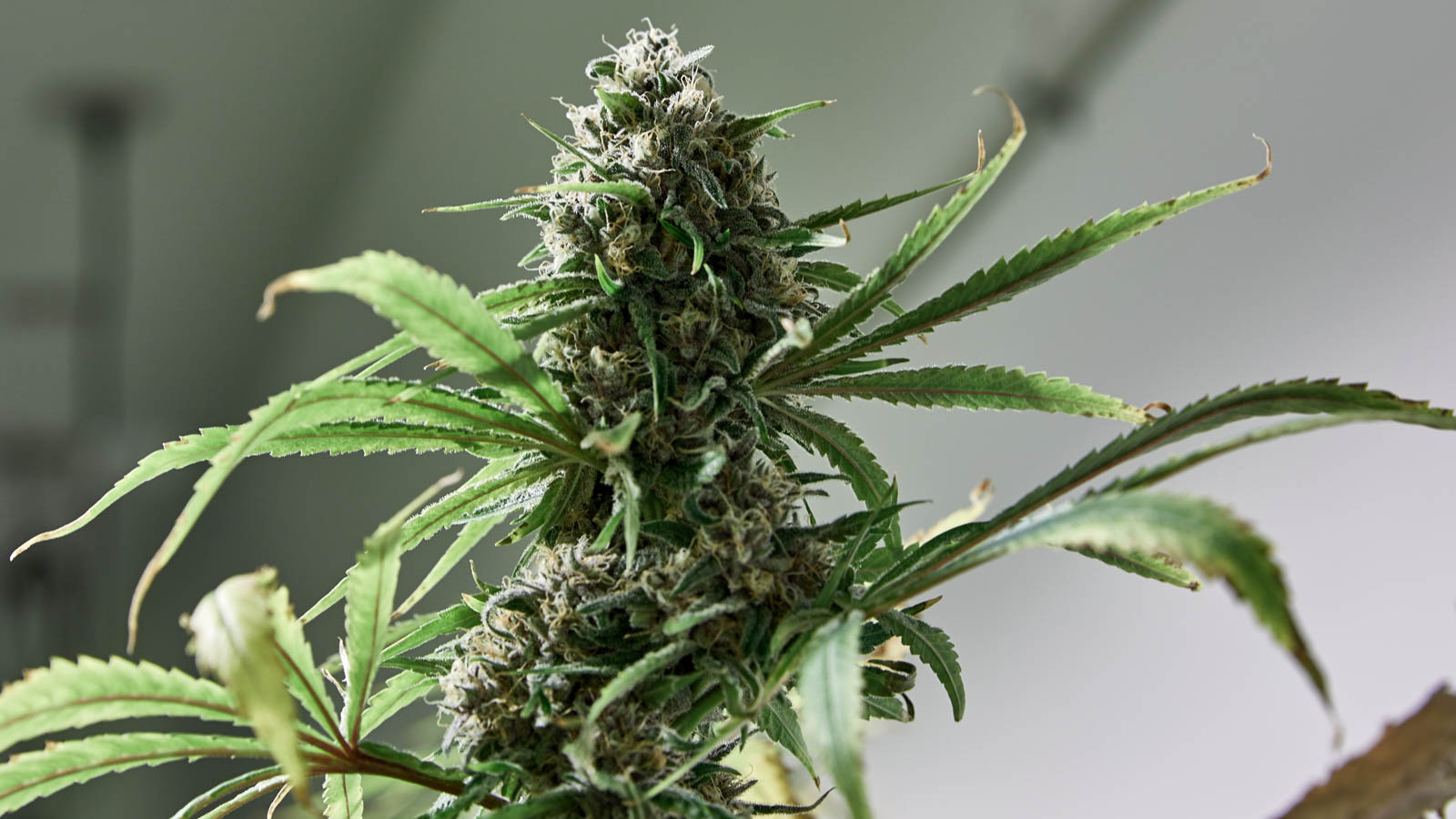Pistillate refers to a type of plant that has the capacity to be either male or female, but exclusively contains the reproductive anatomy required in the production of female reproductive cells.
Botanists identify pistillate flowers by the presence of pistils and the absence of stamen.
Pistillate cannabis plants are considered to have a greater economic value than staminate cannabis, though the latter is necessary for breeding.
An intro to plant reproduction
A large portion of plants humans use for consumption are angiosperms, which reproduce through flowering and often bear fruit. There are two classifications for angiosperms, monoecious and dioecious, which differentiates the two based on how they reproduce. Monoecious plants express both male and female reproductive anatomy on the same organism. Corn, for example, is monoecious since a single plant produces both male and female sex cells. In contrast, a single dioecious angiosperm contains reproductive anatomy involved in the production of either male or female gametes, not both.
Cannabis is a textbook example of a dioecious angiosperm since its male and female sex cells are separated between two different plants. However, cannabis can sometimes be monoecious in the case of so-called hermaphroditic plants. Pistillate is an adjective used to describe a dioecious angiosperm with reproductive anatomy, pistils, utilized in the production of female sex cells. On the other hand, staminate refers to a dioecious angiosperm with stamens, reproductive anatomy, utilized in the production of male sex cells.
The entire reproductive anatomical complex involved in the formation of female sex cells is called the gynoecium. In cannabis, the gynoecium is composed of pistils, each of which contains two carpels. The carpel is the essential reproductive unit of the plant and is responsible for capturing pollen and shuttling it to the ovule for the production of a seed.
Each carpel has three components: stigma, style, and ovary. The stigma is a sticky peak at the end of each style that collects pollen, the style is narrow stalk through which the pollen travels, and the base of the stalk houses the ovary. The ovary contains ovules, which produce the female sex cells. Fertilization occurs when female sex cells produced in the ovules are introduced to pollen captured by the stigma and transported via the style.
As cannabis can sometimes be monoecious, these plants will contain female and male reproductive organs: the gynoecium and androecium, respectively. Male reproductive stamens produce pollen grains which house the male sex cells. Cannabis plants that are monoecious, or hermaphroditic, are capable of fertilizing their ovules with their own stamens. Monoecious plants are not pistillate, as they contain both androecium and gynoecium.
Colloquially, plants bearing only stamens are referred to as “male” and those featuring a gynoecium with no stamens present are referred to as “female.” However, the proper botanical terms are staminate or pistillate, respectively.
If one examines a flowering pistillate (colloquially: female) cannabis plant, the different parts of its reproductive anatomy will become clear. The flowering top, or cola, concentrates the majority of the plant's gynoecium, colloquially referred to as buds, flowers, or nuggets. Pistils sprout along the petiole at each node, which become heavily concentrated in the cola.
Assuming the plant has been fertilized by male pollen, which is not the case for most cannabis destined for medical or recreational purposes, each pistil will contain a developing seed. The pistil is enshrouded by a small leaf called a bract, with the only visible part being the two stigmas from each carpel. The stigmas resemble small, white hairs which shrink and turn orange in the later part of the flowering cycle. These stigmas are colloquially known as pistils, but botanically speaking they are only one part of the carpel, two of which together make one pistil.
Sources
Allison, L.; Black, M.; Carmichael, J.; Freeman, S.; Podgorski, G.; Quillin, K.; Taylor, E. (2017). Biological Science, 796-797.
Reed, Joyce. Morphology of cannabis sativa L. MS (Master of Science) thesis. (1914). State University of Iowa, Iowa City, Iowa.
Bernstein, N.; Duchin, S.; Kamenetsky, R.; Spitzer-Rimon, B. (2019). Architecture and Florogenesis in Cannabis Sativa Plants. Frontiers in Plant Science, 10 (350).

